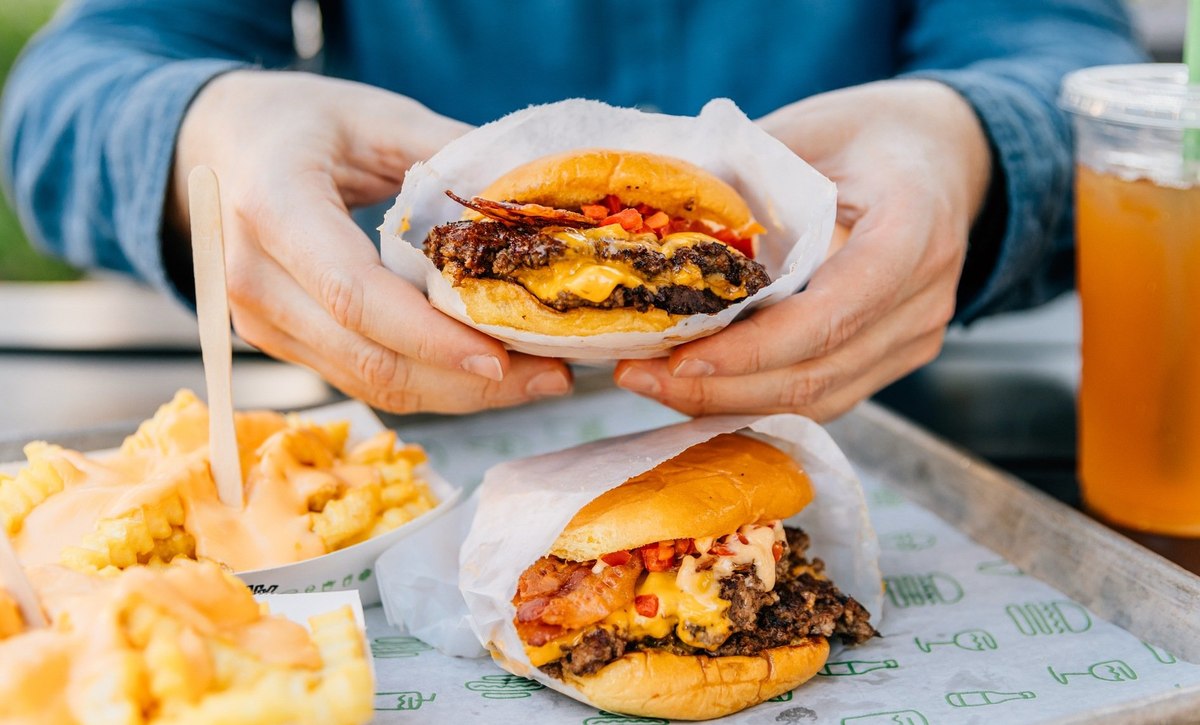As restaurant chains adapt to shifting consumer preferences, understanding Gen Z’s evolving relationship with food service is increasingly important. Insights from YouGov Profiles, a continuous, nationally representative survey dataset, reveal a complex picture of how this generation interacts with quick service restaurants (QSR) and casual dining, balancing convenience, community, environmental values, and a desire for new culinary experiences.
Dining out: A treat, not a routine
Gen Z doesn’t view eating out as an everyday habit. Nearly two-thirds (61%) agree that dining out is a treat reserved for special occasions. Around 35% say they are more likely to eat out than at home, while a majority (55%) disagree with that idea.
While not habitual diners, Gen Z is open to food experiences. Nearly three in four (73%) say they like to try new cuisines, indicating a strong appetite for culinary discovery. At the same time, there’s a split in confidence when it comes to trying new food – while 53% disagree; a substantial 37% admit they aren’t adventurous when it comes to food. This duality reflects the diversity of preferences within the generation and suggests that restaurants may benefit from offering both bold, global flavors and comfort foods.
Ordering in vs. dining out
Takeout and delivery remain common behaviors, with 43% of Gen Z saying they usually order in or get takeout. However, this habit isn’t dominant with 38% disagreeing.
Fifty-eight percent agree that it’s important to support restaurants and food businesses in their community.
Gen Z also places a high value on service. Around two thirds (63%) say they are willing to drive farther for better customer service, including tech-enabled experiences or smoother in-store interactions. This suggests that restaurant operators investing in frictionless ordering, mobile payment, or personalized engagement could earn loyalty from this demographic.
Environmental eating still a minority behavior
While Gen Z is often viewed as an environmentally conscious cohort, YouGov Profiles data shows that eco-friendly food behaviors are not yet widespread. The most common change is eating more locally sourced produce (31%), followed by eating organic (25%) and eating less meat (24%). Only 15% report choosing meatless alternatives, and 20% are eating less dairy. Meanwhile, over a third (35%) say they’ve made none of these environmental changes to their eating habits.
Roughly three in five (59%) agree that restaurants should offer more vegan and vegetarian options, even though only a small share of Gen Z follows such diets. Just 2% identify as vegan, 4% as vegetarian, and another 2% as pescatarian. A larger group identifies as flexitarian (13%) or on a whole food diet (10%), but the dominant dietary identity is still meat eater, accounting for 45% of Gen Z.
Where Gen Z plans to eat: Top QSR and casual dining brands by Purchase Intent
When it comes to future dining choices, Gen Z shows the strongest purchase intent toward a familiar group of quick service restaurants (QSR). McDonald’s leads with a strong score of 21.6, followed by Chick-fil-A (13), KFC (10.6), and Taco Bell (8.7). Subway (8.2) and Wendy’s (8.1) round out the top six, showing consistent interest in long-standing, nationally recognized brands.
The remainder of the top 10 includes Dairy Queen (5.5), Domino’s (4.9), Shake Shack (4.3), and Burger King (4.2).
In the casual dining category, Wingstop leads with a purchase intent score of 12.3, followed by Texas Roadhouse (10.4). These two outperform the rest by a notable margin. IHOP (6.6), The Cheesecake Factory (6.3) and Olive Garden (5.8) form a middle tier.
Rounding out the top 10 are Red Lobster (5.5), Applebee’s (5), Chili’s (4.8), Cracker Barrel (4.1) and California Pizza Kitchen (3.8).
Image: Getty Images
